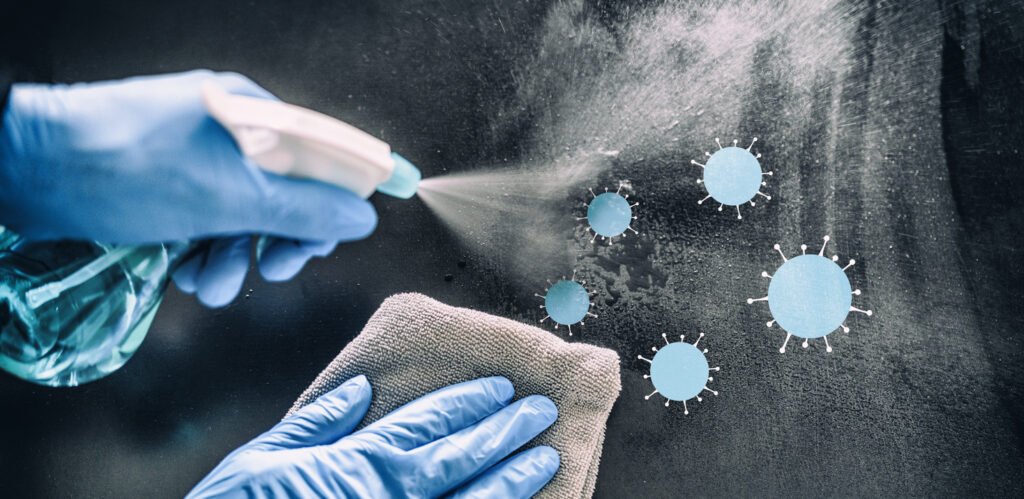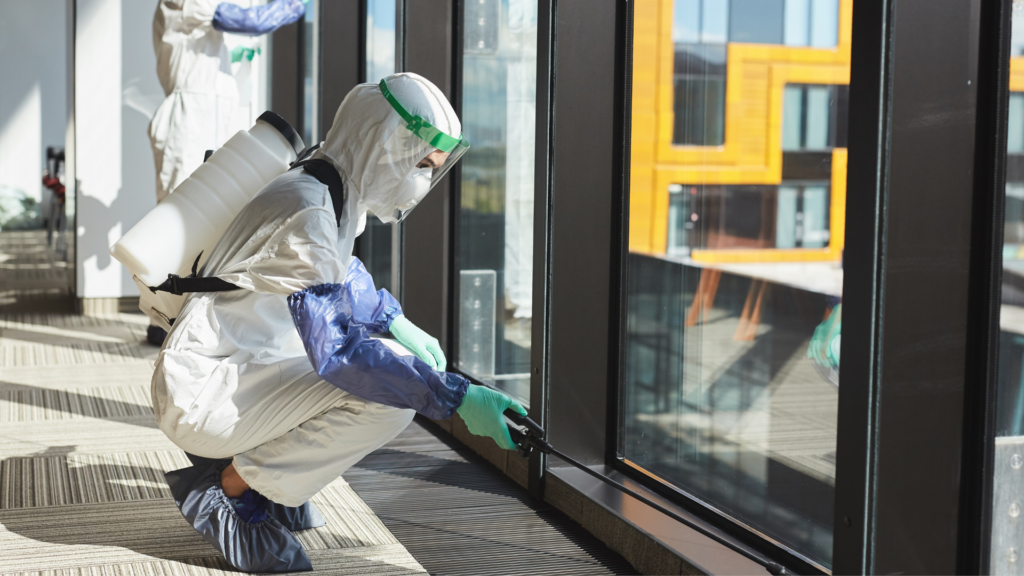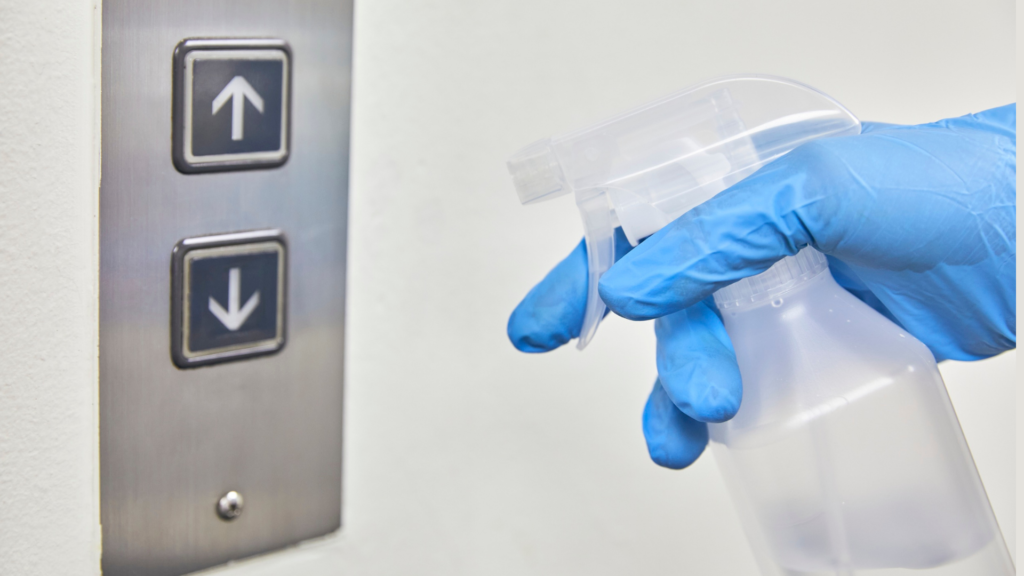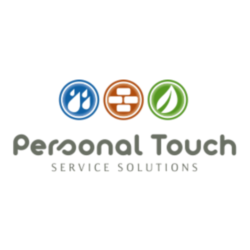Cleaning for Health: The Science Behind a Safer Workplace

In today’s world, cleaning is about more than just appearances. A clean building is a healthy building—and in the age of heightened awareness about infectious diseases, the difference matters more than ever. At Personal Touch Service Solutions, we believe in a science-backed approach called “Cleaning for Health,” where the goal isn’t just to make a facility look good, but to make it safer for everyone who walks through the door.
When a business prioritizes cleaning for health, absenteeism is reduced and quality of life for workers increases. This is a win-win for everyone.
What Is “Cleaning for Health”?
“Cleaning for Health” is a comprehensive approach that targets the germs, bacteria, and viruses that live on the high-touch surfaces people use every day. It means choosing the right tools, products, and methods to help prevent the spread of infectious diseases like influenza, COVID-19, norovirus, and more.
It also means understanding the science behind disinfecting—because using the wrong products, or using the right products incorrectly, can give people a false sense of security while leaving harmful pathogens behind.

Why Prevention Makes Business Sense
When employees get sick, productivity suffers. Sick days cost companies in lost revenue, temporary staffing, and insurance claims.
According to the Centers for Disease Control and Prevention (CDC), U.S. businesses lose an estimated $225.8 billion annually due to employee illness and absenteeism. And that’s not including the less visible toll of reduced morale, overburdened coworkers, or customer dissatisfaction.
Cleaning for Health isn’t just the responsible thing to do—it’s the cost-effective thing to do. Investing in proper disinfecting protocols can reduce the spread of illness, decrease downtime, and create a safer work environment for everyone.

The Problem with Pop-Up Disinfecting Wipes
One of the most common misconceptions in cleaning is that any disinfecting wipe will do the trick. It’s true that pre-saturated wipes are convenient. But most people don’t realize that these products require a 10-minute dwell time to effectively kill pathogens.
What is dwell time? It’s the amount of time a disinfectant must remain wet on a surface to fully neutralize harmful organisms.
The problem? Most pop-up wipes dry in less than five minutes. That means the surface is not wet long enough to achieve a full kill rate. So even though it may look clean, it may still be harboring bacteria or viruses that can make people sick.
Hospital-Grade Disinfectants: A Smarter Solution
At Personal Touch, we use hospital-grade disinfectants with faster dwell times—typically one minute. These products are formulated for environments where infection control is paramount. When used correctly, they significantly reduce the microbial load on shared surfaces, helping to stop the spread of illness before it starts.
We train our staff not just to clean but to disinfect strategically. That means understanding:
- The proper dilution ratios of disinfectants
- Contact time requirements (aka dwell time)
- Safe use and storage protocols
- Which surfaces require routine disinfection vs. occasional deep cleaning
Targeting Community Touch Points
When it comes to infection control, not all surfaces are created equal. Some areas in a building carry far higher risk because they are used repeatedly by many people. We call these community touch points:
- Door handles and push plates
- Elevator buttons
- Light switches
- Faucet handles
- Handrails
- Breakroom tables and chairs
- Shared computer equipment and phones
These surfaces must be cleaned and disinfected with high frequency and not just during flu season or during a pandemic—but year-round.
Cleaning vs. Disinfecting: What’s the Difference?
- Cleaning removes dirt, dust, and grime from surfaces.
- Disinfecting kills germs and pathogens.
It’s possible for a surface to be clean but still carry viruses and bacteria. That’s why disinfecting is such a crucial part of the process—especially in communal spaces. Our team uses products designed for cleaning and disinfecting simultaneously.
Creating a Healthier Workplace Culture
When a business invests in cleaning for health, it sends a message: We care about our people.
Employees appreciate when restrooms are consistently clean and when breakroom surfaces are disinfected. Customers notice when buildings are well maintained and entryways feel welcoming.
This attention to detail creates a sense of well-being and trust—which, in turn, leads to:
- Higher employee morale
- Better customer impressions
- Fewer complaints
- A healthier brand reputation
In every contract our goal is to create a plan to reduce microbial risk and support the well-being of the people who use the space every day. That is just good business.
The Bottom Line: Clean Is Good. Healthy Is Better.
Traditional cleaning focuses on what you can see. Cleaning for health focuses on what you can’t see.
It’s about more than dusting shelves or vacuuming floors. It’s about stopping the spread of illness at the microscopic level. And while it may not always be visible, the impact is very real.
With hospital-grade products, trained professionals, and a focus on high-risk touch points, Personal Touch is proud to be a leader in health-based cleaning.
Because a cleaner building isn’t just safer—it’s smarter.
If you’re ready to reduce absenteeism, create a safer workplace, and invest in your company’s health, we’re ready to help.
Let’s clean with purpose. Let’s clean for health.

Leave Comment